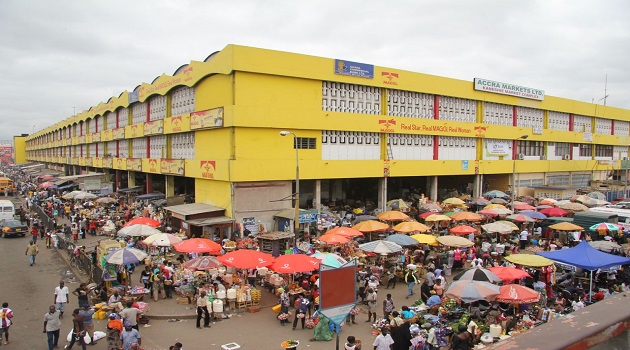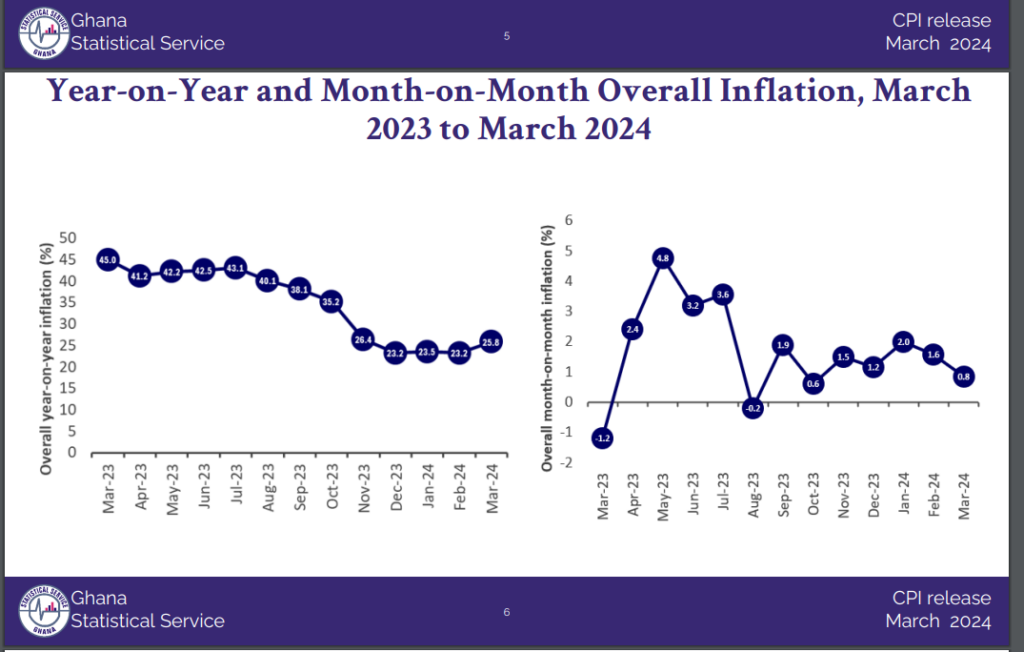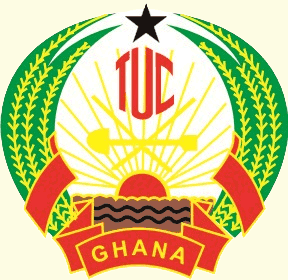
Ghana recorded inflation for June 2019 at 9.1 per cent as compared to 9.4 per cent in May 2019 with the Upper West, Brong Ahafo, Western and Ashanti regions recording highest levels of inflation.
Deputy Government statistician, Araba Forson, has been detailing the main price drivers of food and non-fool inflation at a press briefing Wednesday.
According to her, the “main price drivers for the non-food inflation rate were clothing and footwear (15.2 per cent), recreation and culture (15 per cent), furnishing, household equipment and routine maintenance (14.6 per cent) and miscellaneous goods and service (11.3 per cent)
Upper West recorded the highest general inflation of 11.1 per cent followed by the Brong Ahafo Region (10.6 per cent) while the Upper East region recorded the lowest year-on-year inflation rate of 8.3 per cent.
Within the non-food group, the transport sector was the highest and the only sector to record a fall in the inflation rate by 5.6 percentage points in June 2019.
This was due to base-drift effect caused by the 10 per cent upward adjustment in the price of transport fares in June 2018 which in-turn caused the Transport sector inflation rate rise by 5.1 per cent at that time as opposed to this year.
Factors contributing to the fall in the rate of inflation
Several factors contributors to the fall in the rate of inflation in June 2019.
According to the Ghana Statistical Service (GSS), the major ones include favourable weather patterns and conditions, government policy on planting for food and jobs, exchange rate stability beginning of the harvest season and others, in any given month, the figure is determined by the balance between the upward and downward price movements of the range of goods included in tax.
















Facebook
Twitter
Pinterest
Instagram
Google+
YouTube
LinkedIn
RSS